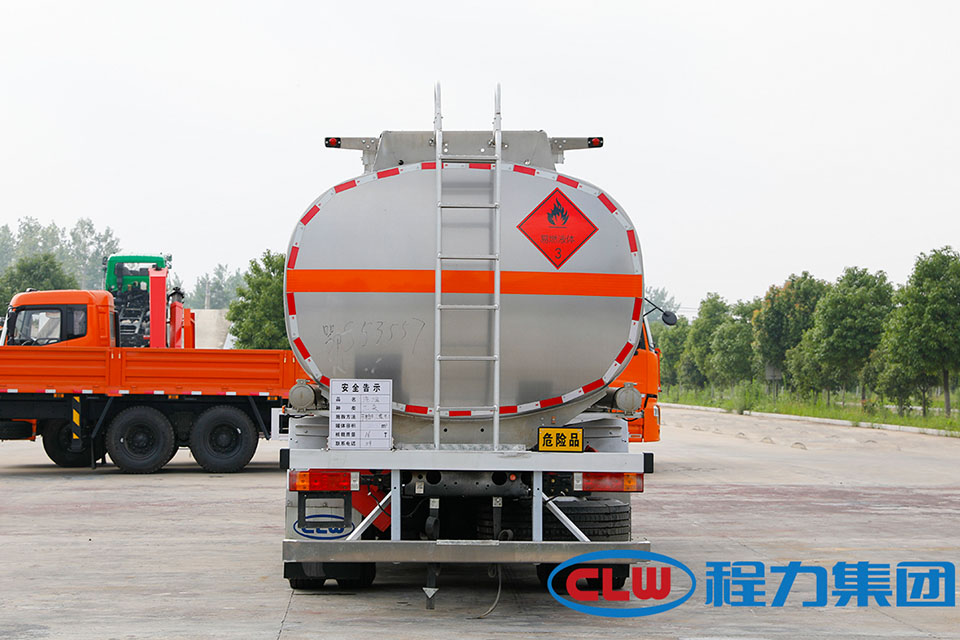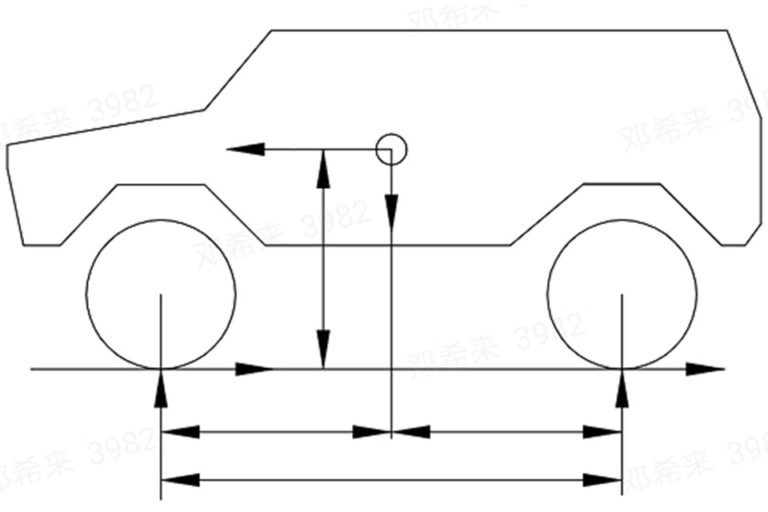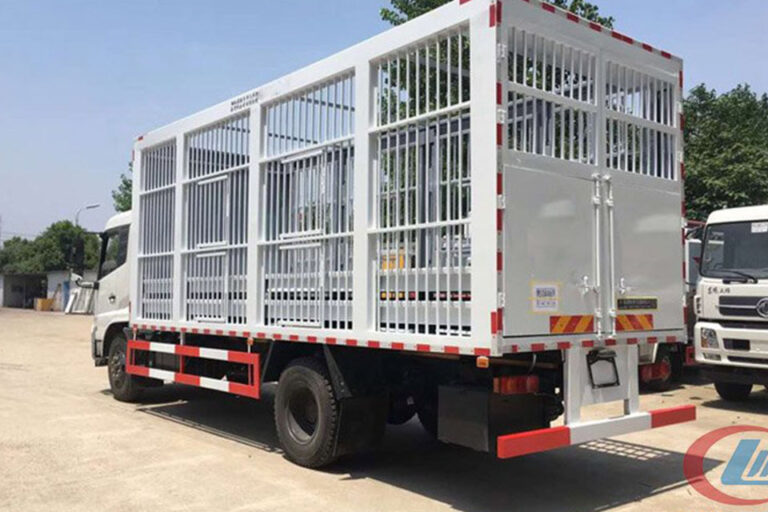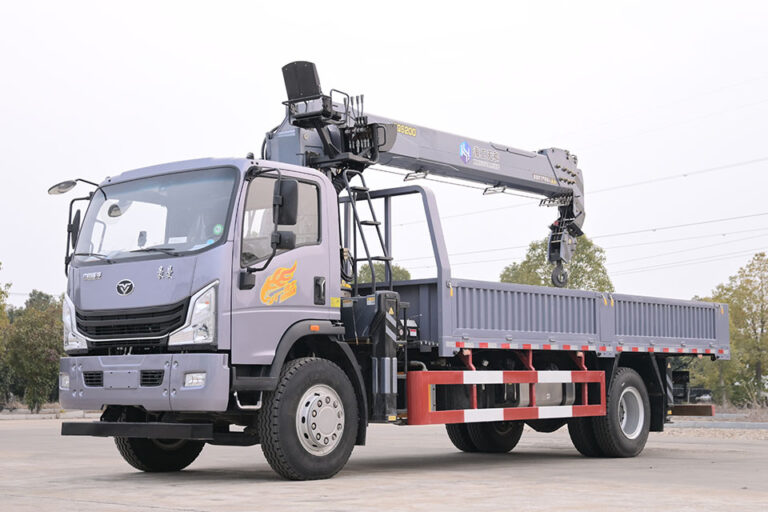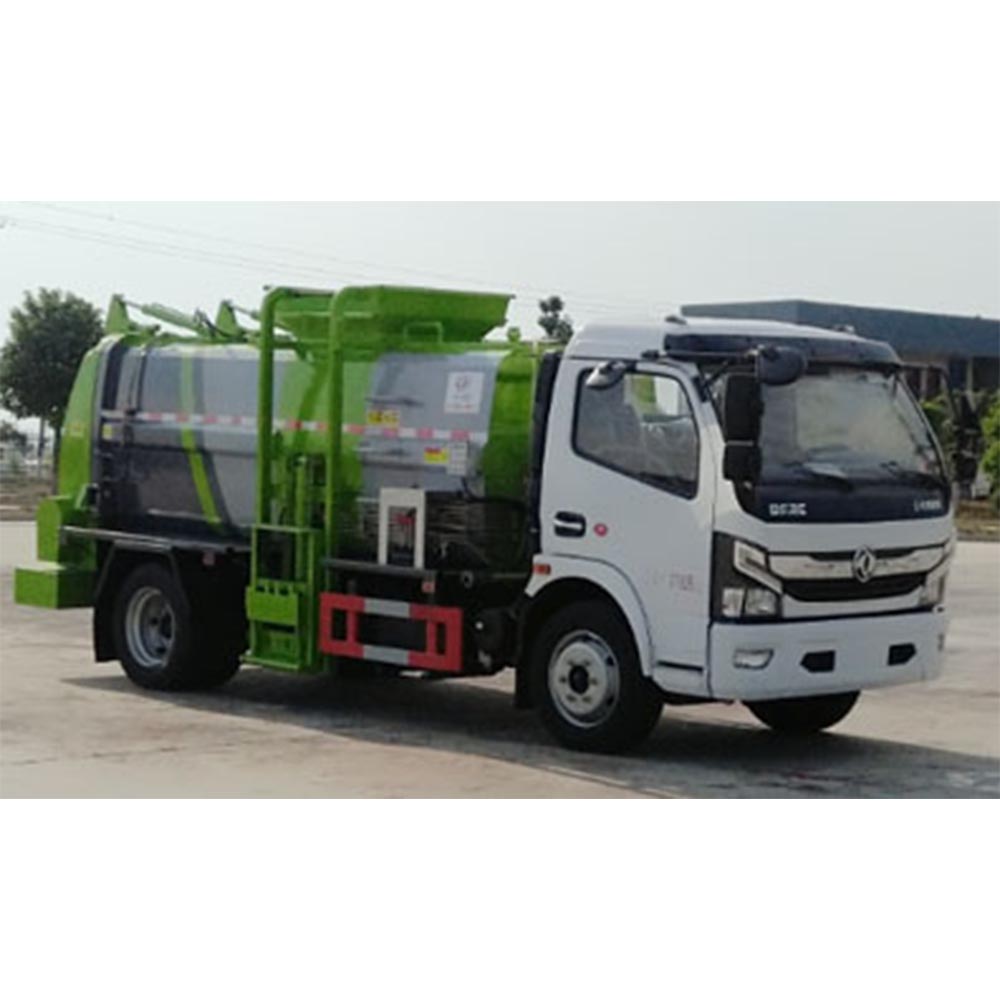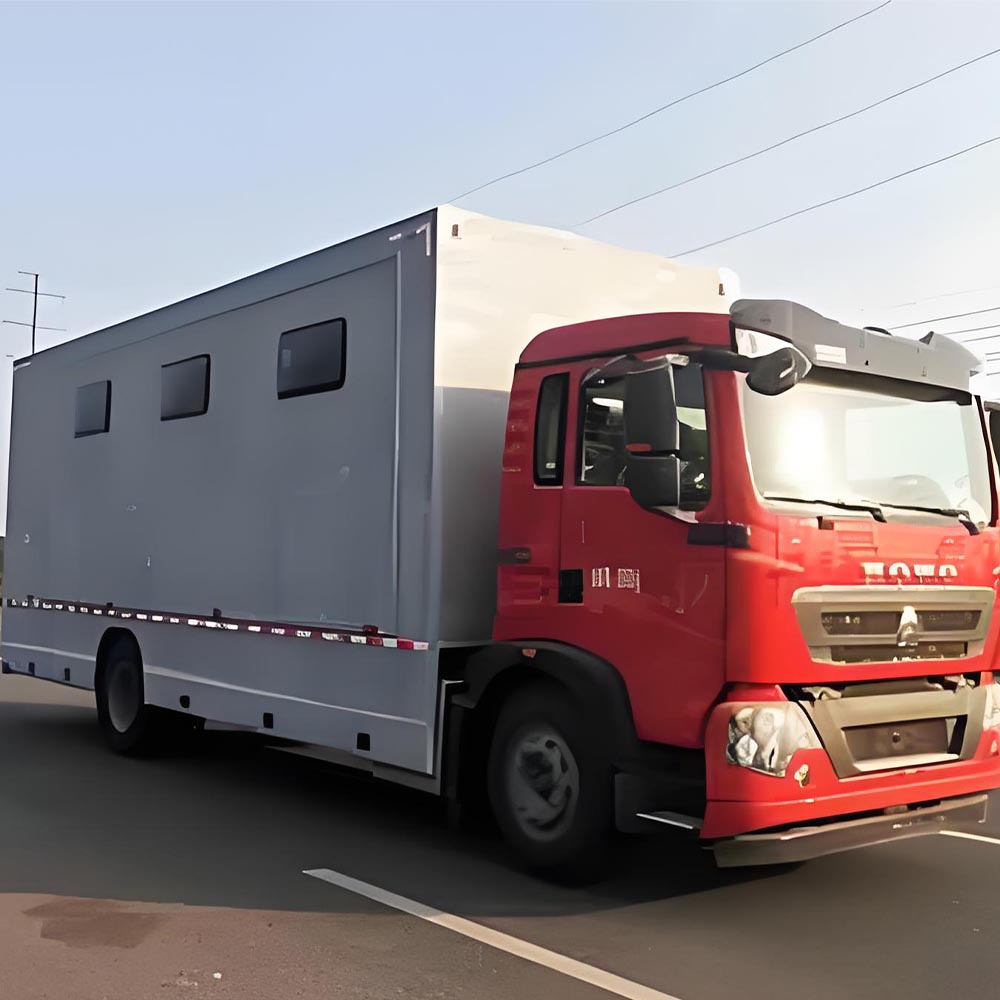-
Chengli Automobile Industry Park
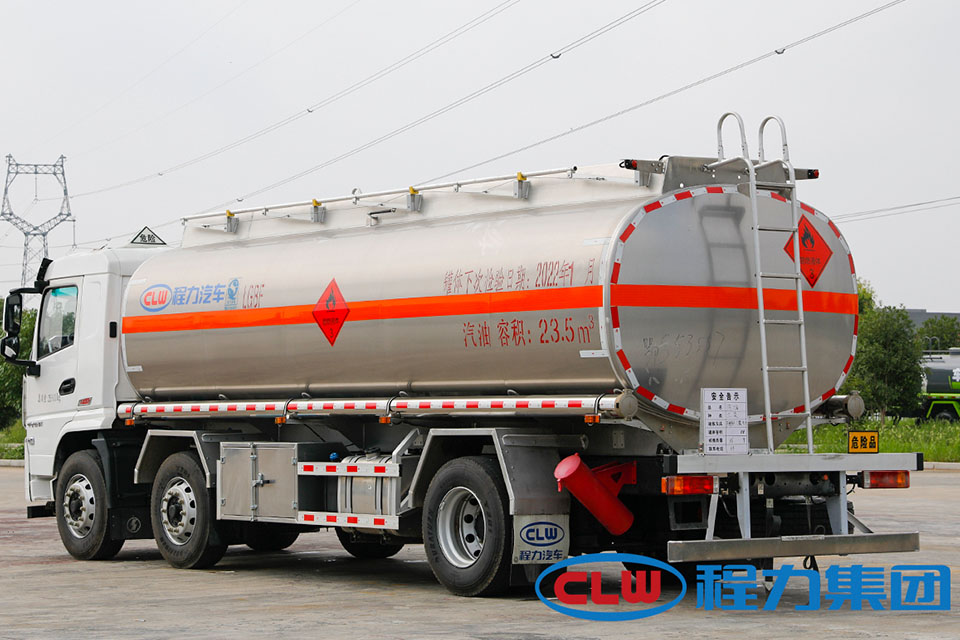
How dangerous is it to drive a tanker truck?
How Dangerous Is It to Drive a Tanker Truck? Hidden Risks and Safety Tips
Driving a tanker truck is one of the most dangerous jobs in the trucking industry. These big trucks carry liquids that can shift, spill, or catch fire. Let’s look at why tanker trucks are risky and what helps keep drivers safe.
Table of Contents
The Hidden Dangers of Tanker Trucks
Tanker trucks are not like regular trucks. They have special risks that make them more dangerous to drive.
Tanker Truck Safety Risks
Understanding the dangers of liquid cargo transport
80%
of multi-vehicle tanker crashes are fatal
58%
of hazmat loads are flammable gasoline
42%
of accidents involve driver fatigue
31%
of jackknife incidents from brake failure
Essential Safety Tips
- Drive slower than posted speed limits
- Maintain extra following distance
- Take curves gradually to prevent liquid surge
- Conduct thorough pre-trip inspections
- Understand your cargo’s specific hazards
Liquid Movement Problems
The biggest danger comes from the liquid cargo inside tanker trucks. When you drive with liquid:
- Liquid sloshing happens when tanks are filled to 75% or less of capacity
- This movement can make the truck harder to control
- The “wave effect” pushes against the tank walls when the truck moves
- This can cause the truck to tip over or jackknife
Hazardous Materials Risks
Many tanker trucks carry things that can hurt people and the environment:
- Flammable substances like gasoline and oil
- Toxic chemicals that can cause health problems
- Explosive materials that might catch fire
In fact, 58% of hazmat loads in tanker trucks are gasoline, which can easily catch fire.
Dangerous Tanker Truck Statistics
| Risk Factor | Statistical Data |
|---|---|
| Accident Fatality Rate | 80% of multi-vehicle tanker crashes result in deaths |
| Most Dangerous States (2025) | Colorado, West Virginia, Pennsylvania |
| Driver Fatigue Impact | 42% of tanker accidents linked to drowsiness |
| Equipment Failures | 31% of jackknife incidents caused by brake problems |
| Economic Costs | $1.8M-$2.5M average hazmat spill cleanup cost |
Top 5 Causes of Fatal Tanker Truck Accidents
- Rollovers and Jackknifes
- Happen when liquid moves inside the tank
- 89% happen with wrong baffle usage
- Improper Loading
- Not using baffles (inside walls that control liquid)
- Filling tanks too much or too little
- Driver Problems
- Being too tired after long hours
- Driving under the influence of drugs or alcohol
- Bad Equipment
- Brake problems
- Valve failures that cause leaks
- Weather and Road Issues
- Icy roads
- Heavy rain or snow
- In Colorado, crashes go up 38% during winter storms
What Happens in a Tanker Truck Crash?
When a tanker truck crashes, really bad things can happen:
Fire and Explosion Risks
If the truck carries fuel or chemicals, fires can start. These fires:
- Burn very hot
- Spread quickly
- Can hurt people nearby
- May damage roads and bridges
Toxic Spills and Health Problems
When dangerous liquids spill:
- They can make people sick
- They can kill plants and animals
- They cost a lot to clean up ($2.1 million for one acid spill in West Virginia)
- They might close roads for days or weeks
Case Study: The Dangerous Wave Effect
A tanker driver in Pennsylvania took a curve too fast. The liquid in his half-full tank pushed against one side. This made the truck roll over. The gasoline spilled and caught fire. The fire was so hot it damaged a highway bridge.
Safety Solutions for Tanker Truck Drivers
Driving a tanker truck safely requires special training. Here’s what helps:
Better Driver Training
Good drivers learn:
- How to handle liquid surge movements
- How to check baffles (the walls inside tanks)
- When to slow down for curves and exits
New Safety Technology
Modern trucks have:
- Stability control systems that reduce rollovers by 67%
- Fatigue monitors that watch for tired drivers
- Advanced braking systems for better stopping
Company Safety Rules
The best companies:
- Make sure drivers get enough rest
- Check trucks often for problems
- Follow all 2025 PHMSA tank marking requirements
Top 10 Safety Tips for Tanker Truck Drivers
- Drive slower than you think you need to
- Leave extra space between you and other vehicles
- Take curves carefully to prevent liquid shifting
- Inspect your truck before every trip
- Know your cargo and its dangers
- Watch the weather and road conditions
- Get enough sleep before driving
- Use your baffles correctly
- Brake early and gently
- Stay trained on new safety rules
Most Dangerous States for Tanker Truck Drivers (2025)
According to safety data, these states have the most tanker truck accidents:
- Colorado – High mountains and sudden weather changes
- West Virginia – Curvy roads and steep hills
- Pennsylvania – Heavy traffic and old infrastructure
- Texas – Long driving distances causing fatigue
- California – Busy highways and mountain passes
How Other Drivers Can Stay Safe Around Tanker Trucks
If you drive a car near a tanker truck:
- Stay out of their blind spots
- Give them extra space when they turn
- Don’t cut in front of them
- Pass quickly but safely
- Watch for tanker placards showing dangerous cargo
The Future of Tanker Truck Safety
The industry is working to make tanker trucks safer:
New Rules for 2025
- Better tank markings for different fuels
- Stricter driver training requirements
- Improved baffle designs to control liquid movement
Safety Technology Improvements
- Automatic braking systems
- Rollover prevention technology
- Driver alertness monitors
Conclusion
Driving a tanker truck is one of the most dangerous jobs in trucking. The risks come from moving liquid, dangerous cargo, and the huge size of these trucks.
But good training, new technology, and strong safety rules make tanker driving safer every year. If you drive a tanker truck, always put safety first. If you drive a car near tankers, give them lots of space.
Remember: A safe tanker driver is one who knows the dangers and works hard to avoid them.
